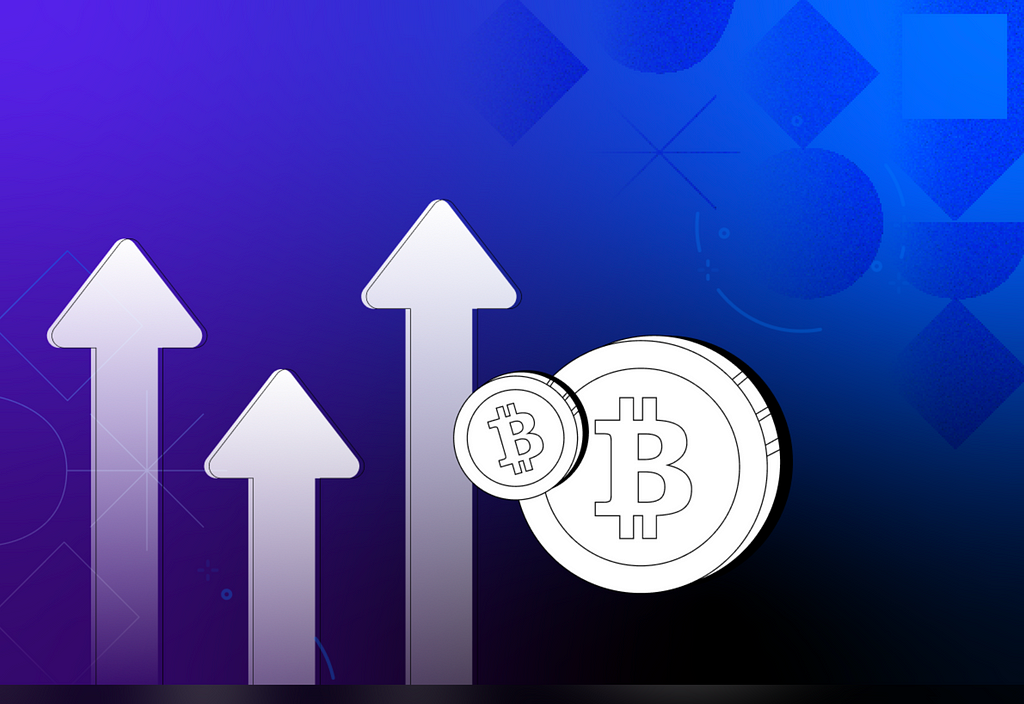
The Bitcoin network is currently experiencing significant congestion, leading to high transaction fees and delays in confirmation times.
Why is the Bitcoin Network Congested?
The growing popularity of Bitcoin has resulted in an increased number of transactions, straining the network’s capacity.
Additionally, the limited block size of 1MB means that only a fixed number of transactions can be processed per block, creating a bottleneck. Finally, the surge in DApps, and NFTs/Ordinals has contributed to the heightened network activity.
Higher Transactions Fees
The congestion has led to a surge in transaction fees, as users compete to have their transactions processed quickly.
When the network is congested, miners prioritize transactions with higher fees, leaving lower-fee transactions in a backlog. As a result, users who want their transactions to be confirmed promptly are forced to pay higher fees, and the cost of transacting on the network has increased significantly.
What should you do?
Use Blockchain.com’s custodial Wallet (Blockchain.com Account) to process transactions.
By using a custodial wallet, you can bypass the congestion on the Bitcoin network.
Since our custodial wallets operate off-chain, you can leverage Blockchain.com’s internal systems to facilitate instant buys and sells without relying on the congested blockchain.
Time your transactions during a low period of network activity.
Look into other Layer 1 blockchains, like Ethereum or Solana.
This information is provided for informational purposes only and is not intended to substitute for obtaining accounting, tax or financial advice from a professional advisor.
Understanding Bitcoin Network Congestion: High Fees, and What to Do was originally published in @blockchain on Medium, where people are continuing the conversation by highlighting and responding to this story.